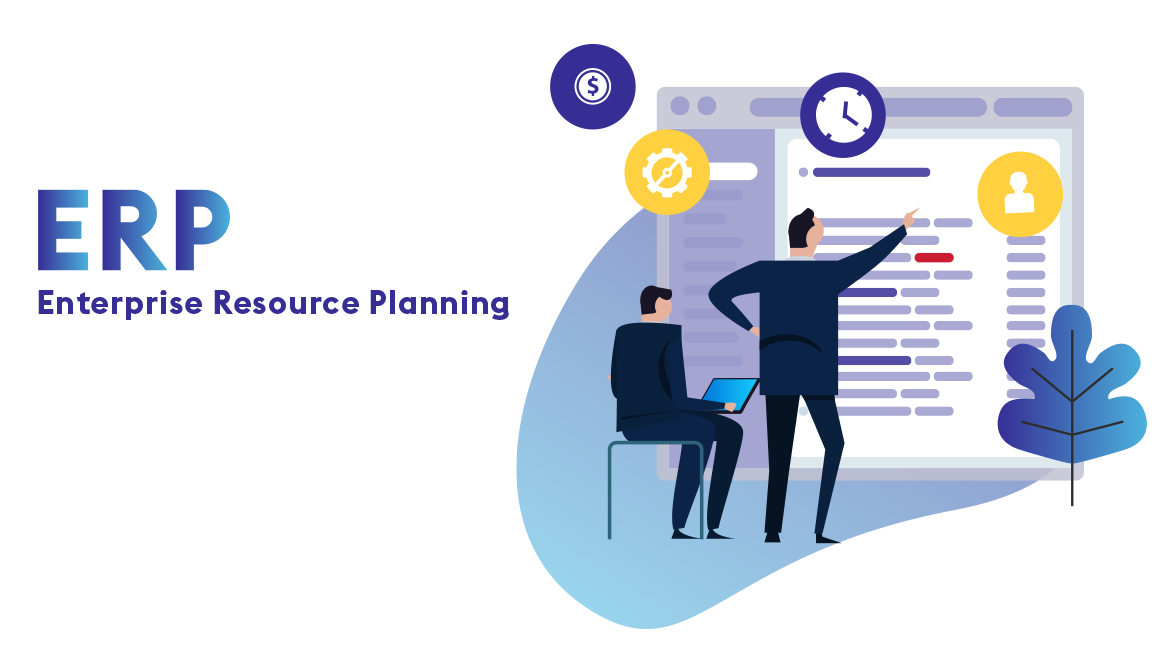Enterprise Resource Planning systems have revolutionized the way large organizations manage their business processes and operations. By integrating different aspects of a business like inventory management, accounting, human resources, procurement and supply chain management on a single platform, Enterprise Resource Planning systems allow companies to streamline their workflows and gain improved visibility into their overall operations.
What is an Enterprise Resource Planning System?
An Enterprise Resource Planning system can be defined as an enterprise-wide software system that allows an organization to use a system of integrated applications to manage the business and automate many back office functions related to technology, services and human resources. At its core, an Enterprise Resource Planning system combines multiple software modules that work together to facilitate the flow of information between different business functions. Some of the key modules include finance/accounting, supply chain, project management, CRM, HRM and manufacturing.
By consolidating previously fragmented and isolated data stored in multiple legacy systems, Enterprise Resource Planning provides a single source of truth across the organization. This helps improve communication, information sharing and business processes. Enterprise Resource Planning systems also aim to implement best practices and enforce process standardization which are crucial for large enterprises with multiple branch locations. Popular Enterprise Resource Planning vendors include SAP, Oracle, Microsoft Dynamics and Infor.
Benefits of Enterprise Resource Planning Systems
There are numerous advantages that companies accrue by implementing an Enterprise Resource Planning system to manage their operations. Some of the top benefits are:
Improved Operational Efficiency – By automating workflow and integrating departments, Enterprise Resource Planning eliminates manual data entry and rework. This results in significant gains in productivity and efficiency across the organization.
Enhanced Visibility and Decision Making – With real-time access to consolidated data from across the enterprise, managers have enhanced visibility into business performance metrics. This better informs strategic planning and decision making.
Streamlined Processes and Reduced Costs – Enterprise Resource Planning enforces process standardization which eliminates redundant or outdated workflows. Over time, this streamlining of processes leads to reduced costs of operations.
Improved Customer Service – With a single version of truth, employees can access vital customer information to better address queries. Enterprise Resource Planning also facilitates improved demand forecasting and inventory management leading to better customer service.
Enhanced Collaboration – Enterprise Resource Planning breaks down departmental silos by providing a collaborative environment. Employees can work better together on projects with seamless information sharing capabilities.
How are Enterprise Resource Planning Systems Transforming Businesses?
As Enterprise Resource Planning systems have evolved with advancements in technologies like cloud, mobile and analytics, they are transforming industries and the way businesses operate. Here are some ways Enterprise Resource Planning is driving digital transformation:
Industry 4.0 Transformation – Manufacturing Enterprise Resource Plannings are powering the next industrial revolution by enabling smart factories with IoT, predictive maintenance, computer vision and collaborative robotics. This ushers in an era of agility and mass customization.
Analytics Driven Decision Making – Advanced analytics capabilities built into modern Enterprise Resource Planning suites crunch volumes of operational data to provide predictive insights. This fuels data driven decisions across marketing, finance, supply chain and other functions.
Omni Channel Commerce – Retail Enterprise Resource Plannings are powering the rise of seamless omni channel experiences by unifying inventory, order management and fulfillment processes across physical stores and digital touchpoints.
Intelligent Automation – Use of AI and robotic process automation (RPA) within Enterprise Resource Planning workflows is helping automate repetitive tasks, augment human work and drive productivity to new heights. This frees up employees for higher value tasks.
Cloud Adoption – Mass migration of Enterprise Resource Plannings to cloud deployments is enabling constant innovation, flexibility, scalability and new collaboration models like remote working for businesses. The “Enterprise Resource Planning in the cloud” model has become the new normal.
The ongoing digital evolution of Enterprise Resource Planning suites will continue powering enterprises with agility, resilience and growth advantage in the years to come. Overall, Enterprise Resource Planning systems have emerged as the core backbone supporting Industry 4.0 driven digital transformations across all industries globally.
*Note:
1. Source: Coherent Market Insights, Public sources, Desk research
2. We have leveraged AI tools to mine information and compile it



